#Traditional Chinese Culture
Explore tagged Tumblr posts
Text
If you want to describe your characters as autistic without explicitly saying they are autistic, you csn say they have the lonely disorder.
In China, the word for mild autism (higher functioning autism, level 1, low support needs, whatever you call it, you know what I mean) literally translated to "lonely disorder" which I love so much. So damn accurate 🥲🥲🥲🥲🥲 狐独症 gū dú zhèng
The word for a more severe autism is 自闭症 self enclosed disorder, zì bì zhèng. My autism is more mild so I can't speak as to whether I like that, as a translation.
A bit of writing tips!
#autism#writing disability#writing autistic characters#chinese language#chinese langblr#chinese culture#traditional chinese culture#china#languages#linguistics#lan wangji#autistic lan wangji#autistic lan zhan#actually autistic#the Chinese do not sugarcoat#it's a very blunt language and i love it#actuallyautistic#the untamed#lan zhan#autistic#mdzs#character writing tips#character writing#writing tips#writing advice#writing help#writing resources
267 notes
·
View notes
Text
风拂荷香过/启功
The wind blows the lotus fragrance
Qi Gong
中国传统文化
Traditional Chinese Culture

#qi gong#The wind blows the lotus fragrance#风拂荷香过/启功#Traditional Chinese Culture#中国传统文化#chinese artist painter#art#artwork#chinese art#chinese ilustration painter#chinese painting#art gallery#floral art#art design#art work#art by women#octopussi#salderi#guang we#xpuigc#xpuigc bloc
19 notes
·
View notes
Text
Hi Producer (正好遇见你) Infodump Catalogue
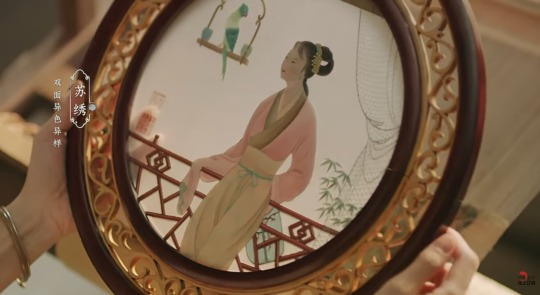
So Yu Zheng is back with another entry in his "let me show you how much research I have done through a drama" saga, and this time he's gone a level beyond and is presenting us ALL the best costumes he had made for his different dynasty dramas, under the guise of "Producers making documentaries about intangible cultural heritage". He's getting increasingly creative (not) but hey, I appreciate a good recycling lol. Even if the drama is made mostly for the purpose of recycling the old costumes for one last time plus boasting.🥲
Official Weibo
ANYWAY, I can never look away from meta and infodumps! So without further ado:
I'll update this masterpost as I go!

Posters: Ep 1-21, Ep 22-35
.
Ep 1, Ep 2: Filigree Inlay, Pt 2
Ep 3, 4: Kesi Weaving
Ep 6, 7: Cheongsam Pt 1, 2, 3
Ep 8,9 : Jade Carving
Ep 10, 11: Porcelain
Ep 12, 13: Chinese Classical Dance
Ep 14, 15: Incense Pt 1, 2
Ep 16, 17: Cuisine Pt 1, 2
Ep 18, 19: Jewellery
Ep 20, 21: Woodblock Printing
Ep 22, 23: Ancient Watch Repair
Ep 24, 25: Lacquerware
Ep 26, 27: Stage Costumes and Props
Ep 28, 29: Bronzeware
Ep 30, 31: Ancient Cosmetics
Ep 32, 33: Ming-Style Carpentry and Landscaping
Ep 34, 35: New Year Customs
youtube
#正好遇见你#chinese drama#cdrama#Hi Producer#fashion history#chinese art#chinese history#meta#Youtube#traditional chinese culture#intangible cultural heritage
56 notes
·
View notes
Text
How to Celebrate the Dragon Boat Festival: History, Culture and Customs

The Dragon Boat Festival (Duan Wu Jie) is a traditional Chinese festival that has been celebrated for over 2,000 years. It is held on the fifth day of the fifth lunar month, which usually falls in June on the Gregorian calendar. The festival has a rich history and culture that is celebrated in different ways across China and other parts of the world. The most popular theory of the origin of the festival is that it was derived from the commemoration of a great patriot poet, Qu Yuan. Qu Yuan was a minister in the state of Chu during the Warring States period (475-221 BC). He was exiled by the king for opposing alliances with other states and committed suicide by drowning himself in the Miluo River. The local people who admired him raced out in boats to save him or retrieve his body. They beat drums and splashed their paddles in the water to scare away fish and evil spirits. This is said to be the origin of dragon boat racing.

The Dragon Boat Festival is celebrated in different ways across China. In southern China, especially in Guangdong, Hong Kong, and Macau, people eat zongzi (sticky rice dumplings) wrapped in bamboo leaves. The fillings can vary from sweet to savory and include pork belly, salted egg yolk, mushrooms, chestnuts, and red bean paste. In northern China, people eat wheat dumplings called jiaozi instead. Dragon boat racing is another popular activity during the festival. It involves teams of paddlers racing dragon-shaped boats to the beat of drums. The races are held on rivers or lakes and are accompanied by loud cheers and applause from spectators.

The Dragon Boat Festival has become an important cultural event around the world. It is celebrated in many countries including Singapore, Malaysia, Vietnam, Korea, Japan, and the United States. In addition to dragon boat racing and eating zongzi, other activities include making sachets filled with herbs to ward off evil spirits and hanging calamus and wormwood leaves on doors to repel insects. I hope this information helps you understand more about this wonderful festival! Let me know if you have any other questions or if there’s anything else I can help you with. This is another blog post I wrote in French. If you are interested, please click to read https://teaware.over-blog.com/
4 notes
·
View notes
Photo

"Ceramic Computer" by Ma Jun ⬣ Ming-style patterns reimagine desktop hardware
#green#contemporary art#traditional chinese art#ceramics#modern technology#cultural juxtaposition#ma jun#contemporary#yellow
3K notes
·
View notes
Link
Start of Winter with a Cup Warm Black Tea
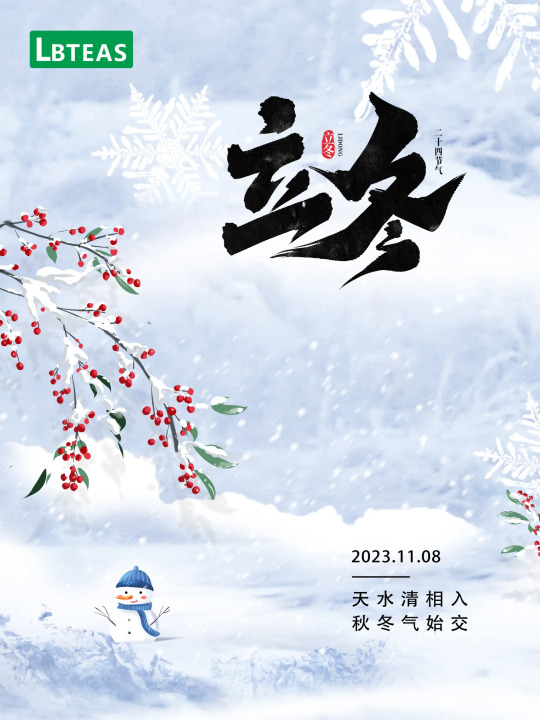
#black tea#start of winter#Chinese tea#Chinese culture#loose leaf tea#tea#traditional chinese culture
0 notes
Text
On this special day, may you feel the warmth and love of family and friends as we celebrate the magic of Winter Solstice together. Wishing you a joyous Winter Solstice filled with love, laughter and good cheer.

人世间最感人的,是温馨的亲情,人世间最幸福的,是亲人的爱护,在这团聚的节日里,祝你和你的家人,冬至快乐,幸福永远!

#Winter Solstice#Dongzhi#冬至#2024#Seasonal Greeting#Festival#Celebration#Tang Yuan#汤圆#Dumplings#Glutinous Rice Ball#Sweet Soup#糖水#Chinese Culture#Tradition#Colourful#Dessert#Snack#Food#Buffetlicious
149 notes
·
View notes
Text
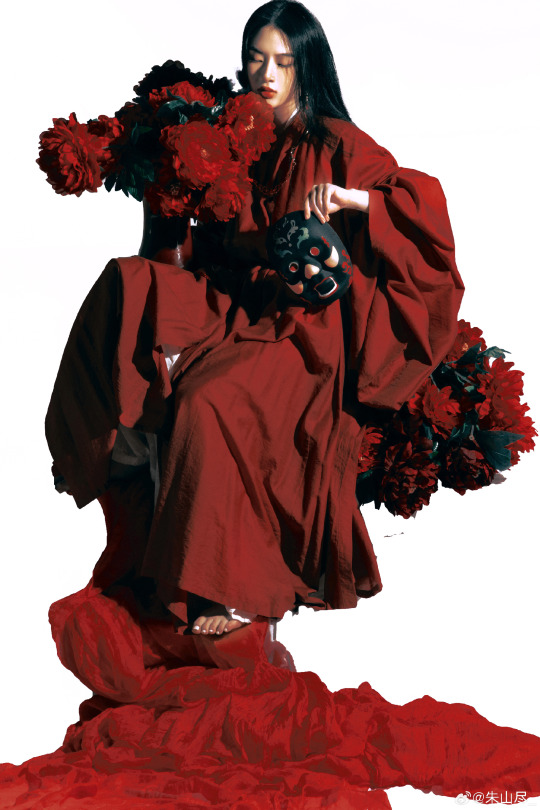
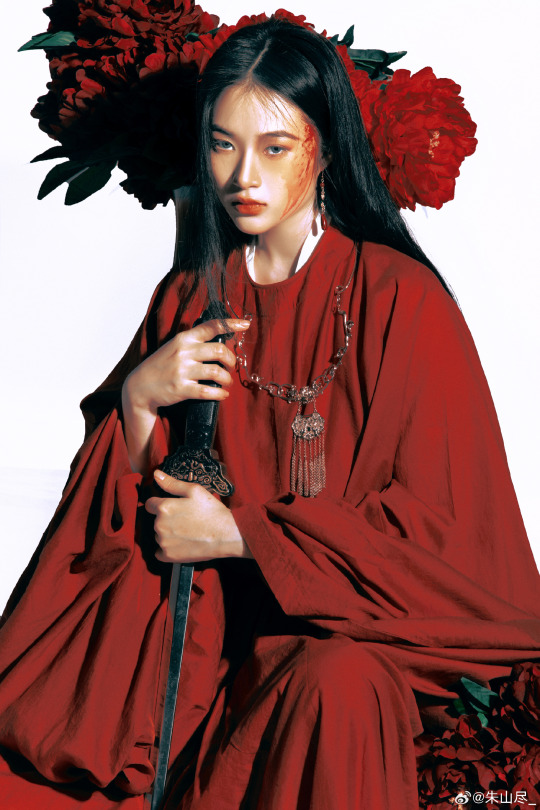
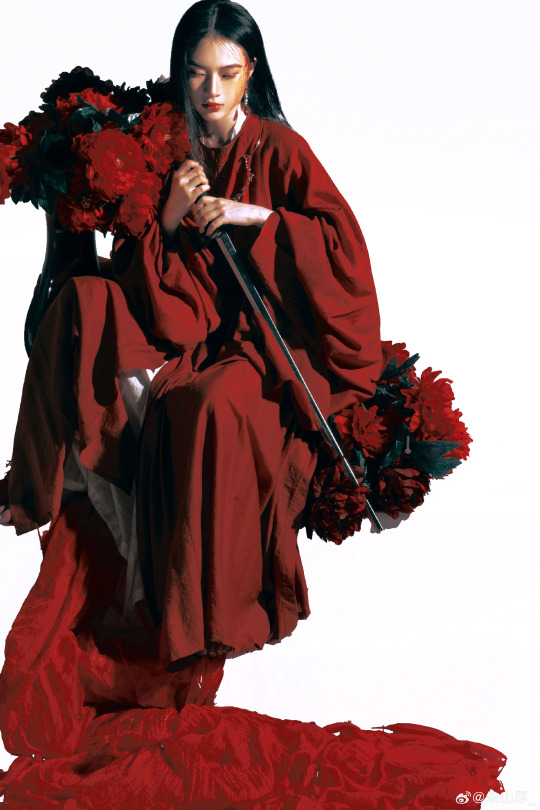


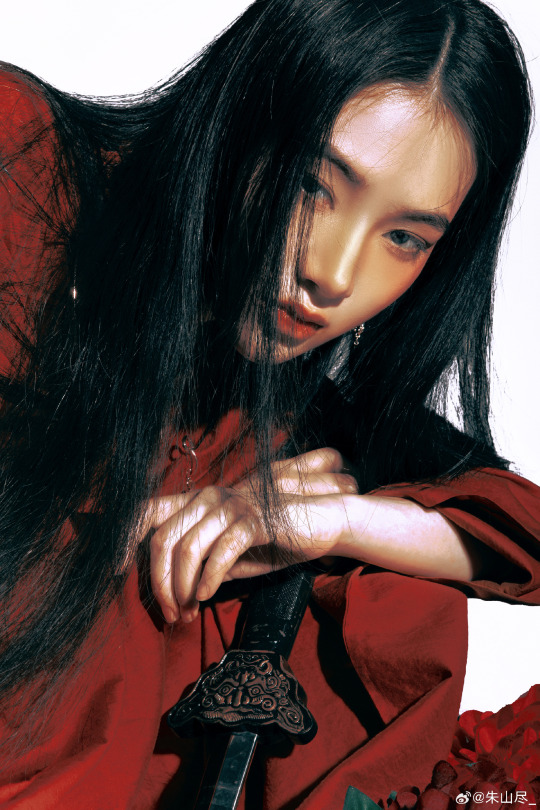
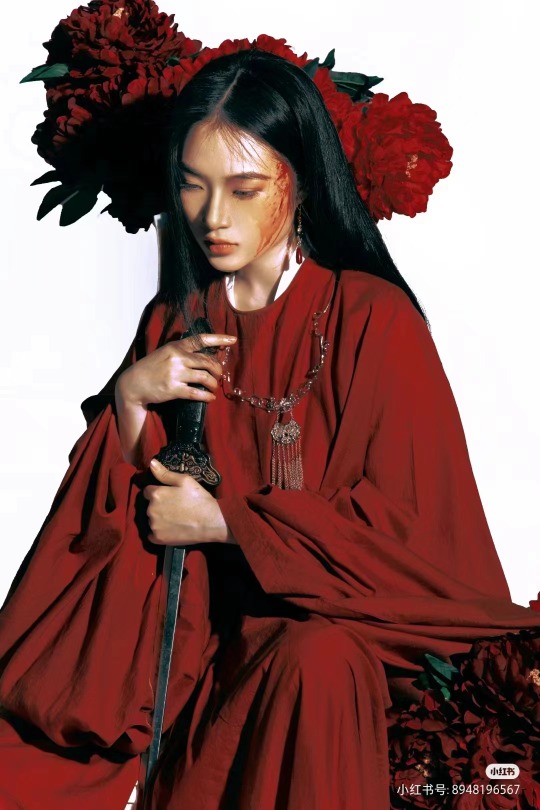

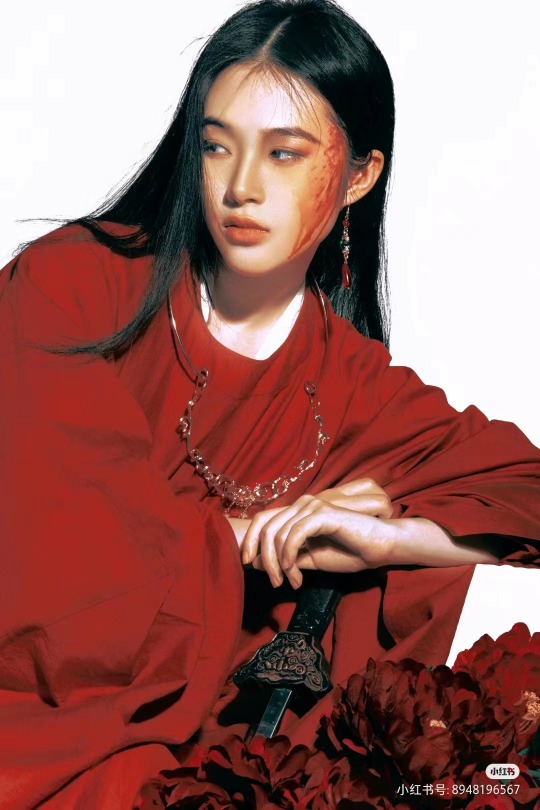
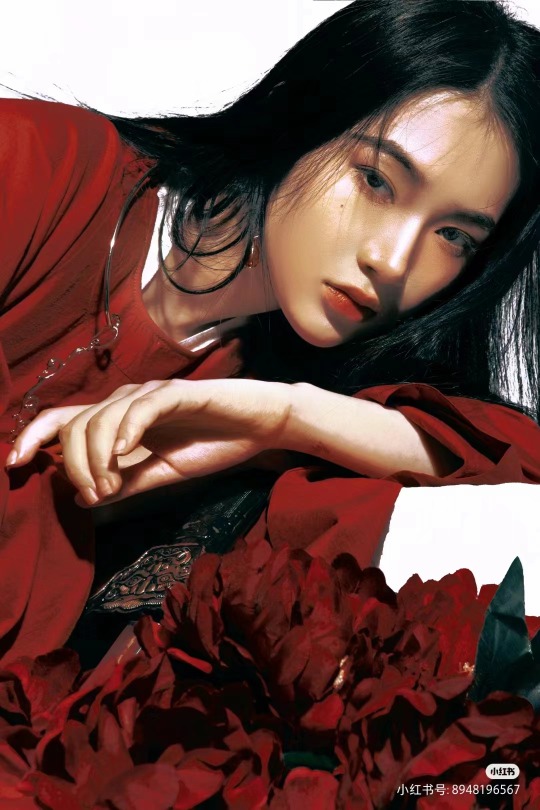
[Hanfu · 漢服]Chinese Tang Dynasty Hanfu Photoshoots
————————
📸Photo:朱山尽_ 💄 Makeup:@南夕叙 🔗Weibo:https://weibo.com/6906018733/Nb2eJyNoq ————————
#chinese hanfu#tang dynasty#hanfu#hanfu accessories#hanfu_challenge#chinese traditional clothing#china#chinese#chinese culture#hanfu photoshoot#hanfu art#hanfu girl#hanfu fashion#chinese fashion#漢服#中華風#汉服
866 notes
·
View notes
Text







Ningbo Historic Museum, Ningbo, China - Amateur Architecture Studio
#Amateur Architecture Studio#architecture#design#building#modern architecture#interiors#minimal#concrete#modern#old and new#stone#stone building#concrete architecture#angles#form#heavy#traditional#museum#museum design#china#chinese architecture#chinese culture#cultural#cool architecture#design blog#east asia#amazing places#ningbo#historic#history museum
140 notes
·
View notes
Text
Chinese musical instruments pt. 1


I was inspired by my research into the different types of Chinese opera, so I decided to write about the chinese musical instruments.
Usually, traditional chinese instruments are grouped into 8 categories, 八音 (bā yīn): metal, bamboo, wood, stone, silk, clay, gourd and skin so I'll try to group them accordingly.
Metal 金 (Jīn)
Bo 钹 (bó) This is a percussion type of cymbal, with the size varying on the subtype. This instrument is also used in some chinese operas, which makes it all the more interesting to hear.
Bianzhong 编钟 (biānzhōng) This is a set of bronze chime bells, arranged in a specific order with each bell having it's own two special pitches which are usually determined by the bell size. The structure is especially interesting, as all the bells are hung from a frame (typically wooden) from which they're played. Other countries also have similar instruments, such as Japan, Vietnam and Korea although their names vary and they may have their own specific features.
Luo 锣 (luó) Luo is actually a general name for a gong, which varies in size and pitch depending on its type. Depending on the size, luo can either be hung on a frame or if it's small enough it can be played in hand.



Yunluo 云锣 (yúnluó) Like the luo, these are also gongs, named cloud gongs. There are 10 small gongs in a frame with the same size but different thickness so that each gongs pitch would vary. There is a more modern version, which has over 20 gongs and is much larger in size.
Suona 唢呐 (suǒnà) The Suona is a double-reeded trumpet, with reed meaning a thin strip of material. As Suona is classified as a metal instrument, it's made from metal with the reed attached to it. It's actual origin is quite interesting, as some sources place the Suona all the way to the Jin dynasty (266-420), whereas some consider Suona's origin to be from outside of China.


Bamboo 竹 (Zhú)
Dizi 笛子(dízi) The Dizi is a Chinese flute, which has quite a lot of varieties, such as 梆笛 (Bāngdí). This flute is especially interesting as it's used in Chinese opera, Chinese folk music and also in Chinese orchestra. Depending on the region, different bamboo is used to create this instrument - Purple bamboo in the north and white in the southern regions, although other material can also be used, even jade.
Xiao 箫 (xiāo) This is a vertical flute, orginating from the Qiang people in ancient China. The material is usually bamboo, with black and purple bamboo considered to be the best type. There are also quite a few variations, such as the 北箫 (Běixiāo), 琴箫 (Qínxiāo) and 南箫 (Nánxiāo).


Paixiao 排箫 (páixiāo) The Paixiao is a type of a panflute, which has a noticeable difference from the western type, as the pipe holes are created via an angled cut or a notch.
Bili 筚篥 (bìlì) / 管 (guǎn) This is a double-reed pipe, which has a few names. Guan appears to be a general name for woodwind instruments, so if looking for this specific instrument, it should be searched using Bili. This instrument can be traced back to the Zhou dynasty, where it was used as a military instrument. Later it became a popular court and ritual instrument, but eventually lost it's court popularity. Instead, it's quite popular in folk music and in Peking Opera, especially for military scenes.
Xindi 新笛 (xīndí) The Xindi is a more modern type of Dizi (the name literally means a new flute), which first appeared in the 20th century. The xindi differentiates itself from the original dizi by it's additional 5 holes, allowing for lower tones which makes it quite important for the Chinese orchestra.



Wood 木 (Mù)
Muyu 木鱼 (mùyú) This is a wooden fish-shaped woodblock which is hit to create a beat during rituals, most commonly during Buddhist ceremonies, Muyu's name literally means a wooden fish, as it's origin stories are associated with fish, with one story claiming that a fish helped a monk but in turn asked him for a favour, which the monk promised to do but forgot. The fish became angry and splashed him into the water. The monk survived, but his notes were all ruined, which is why he made a wooden statue of the fish and beat it.
Yu 敔 (yǔ) On the topic of animals, this is a tiger-shaped hollow box with toothed edges on its back. Why a tiger? It may be because the tiger had a powerful association with strength and power, although I have yet to find a source confirming my theory.


Zhu 柷 (zhù) This is a wooden box that has an open middle, which is played by using a wooden stick to hit the inner bottom. This instrument is very rarely used nowadays, with the majority of Zhus being in museums and temples, but apparently they still remain in use in a few temples for ceremonies.
Paiban 拍板 (pāibǎn) The Paiban is clapper made of wooden or bamboo flat pieces. When it's played together with a drum, this combination is called a Guban 鼓板 (gǔbǎn), which is used quite often in various different music genres, such as Peking Opera, Yue Opera, Kunqu Opera and others.


#slavic roots western mind#chinese music#music#musical instruments#chinese musical instruments#traditional chinese instrument#china#chinese culture#trumpet#flute#笛子#dizi#拍板#柷#木#木鱼#箫#钹#编钟#锣#percussion#唢呐#云锣#排箫#管#pipe#新笛#xindi
136 notes
·
View notes
Text




i have many thoughts but. my viera in their traditional clothes ^^
#ffxiv#ffxiv oc#ffxiv wol#sofusenpaiart#seljorn#their clothing is inspired by dunhuang feitian costumes!!#not true chinese traditional clothes but still intertwined with their history and culture#tho there are also dunhuang-style hanfu#if u r curious please look up more because the clothing is very beautiful :3#in my headcanon viera have celebrations when they come back to the village#happy time all around for everyone
83 notes
·
View notes
Text
Men are all for freedom of speech until you start talking about Wangxian in the Republican discord server, then it's all "I thought I muted her" and "you've lost your photo privileges" fucking hypocrites
#proship#republicans#the untamed#lan wangji#mdzs#mo dao zu shi#lan zhan#wei wuxian#freedom of speech#first amendment#freedom of expression#the democrats server kicked me out#danmei#traditional chinese culture#chinese culture
25 notes
·
View notes
Text
Ukiyo-e
Self Exorcism
chinese ink
marker ink and aquarelles on paper
58×63 cm.
2016

#ukiyo e#ukiyo e style#Self Exorcism#chinese ink#chinese ink on paper#marker ink and aquarelles on paper#58×63 cm.#2016#chinese art#art#artwork#chinese artist painter#chinese ilustration painter#chinese painting#art gallery#chínese colorprint illustration#traditional chinese culture#artist chinese painting#china artist paintings#china color artist#natural colours#natural fantasies#art colors#octopussi#guang we#xpuigc#xpuigc bloc
15 notes
·
View notes
Text
Hi Producer (正好遇见你) Posters (Ep 22-30)
(Ep 1-21)
Ep 22-23: Clocks, Ep 24-25: Lacquerware

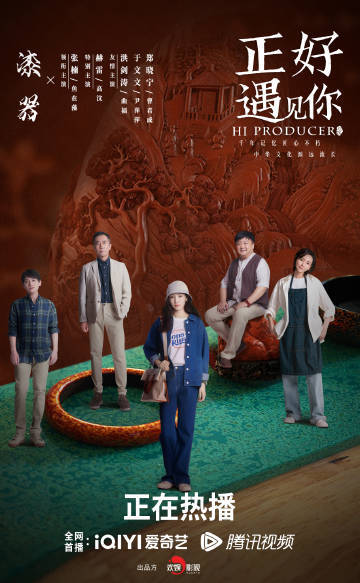
Ep 26-27: Stage Costumes and Props, Ep 28-29: Bronzeware

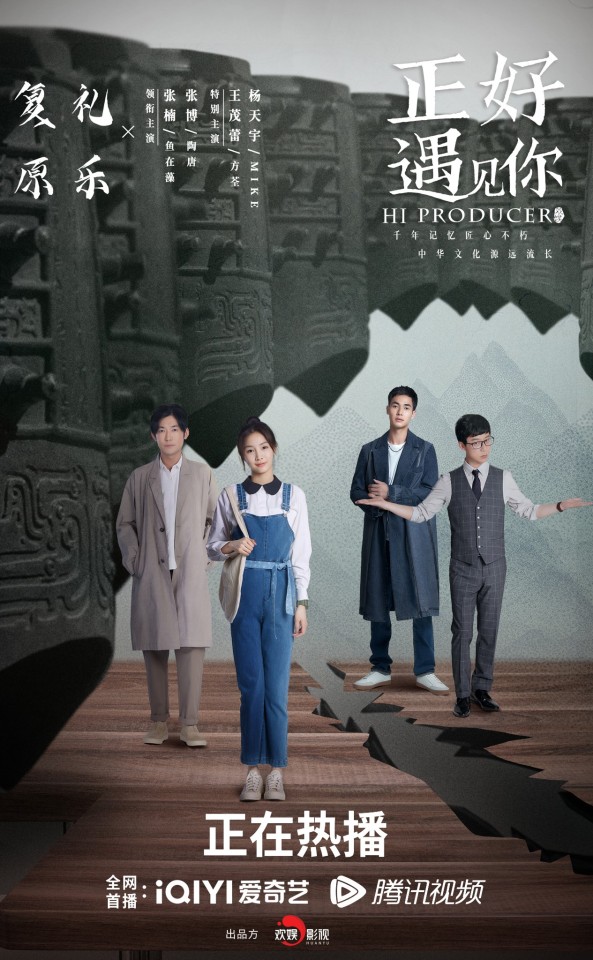
Ep 30-31: Ancient Makeup, Ep 32-33: Ming-style Landscaping and Carpentry

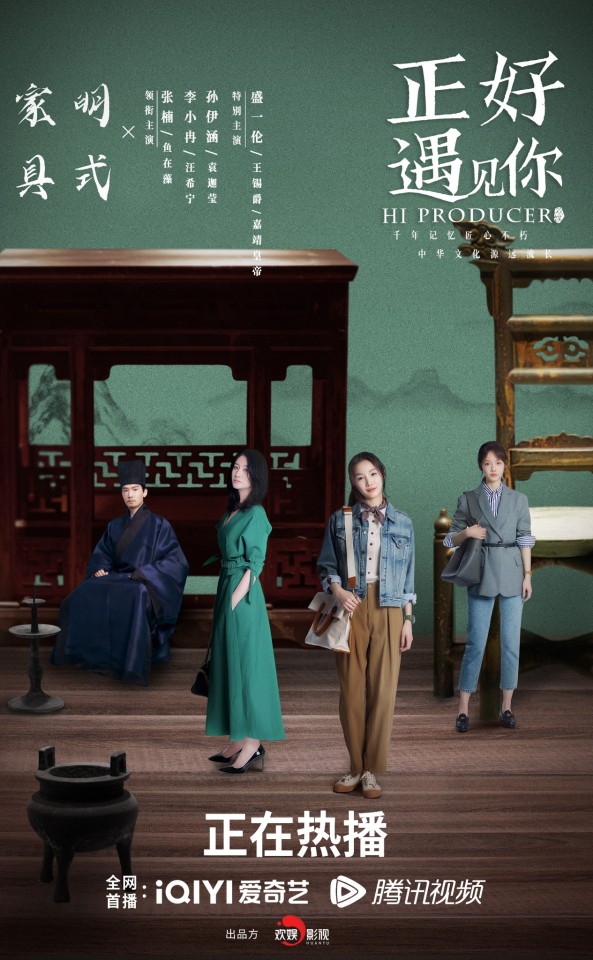
Ep 34-35: New Year Customs
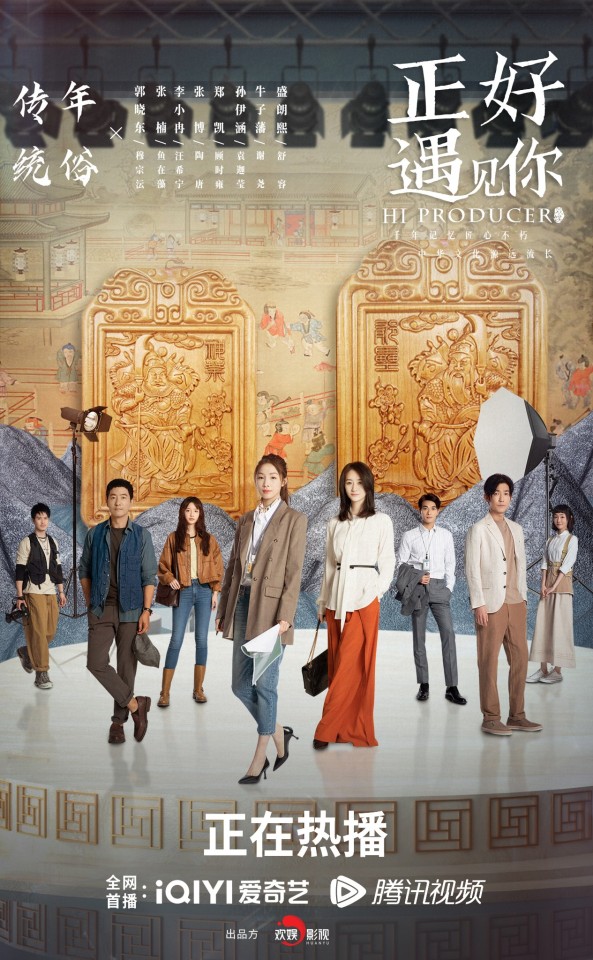
.
More Hi Producer posts
#Hi Producer#cdrama#qing dynasty#chinese drama#ming dynasty#tang dynasty#chinese history#正好遇见你#clocksmithing#lacquerware#traditional chinese culture#traditional chinese music#traditional chinese crafts#chinese new year#chinese furniture#Bronzeware#chinese opera
2 notes
·
View notes
Text

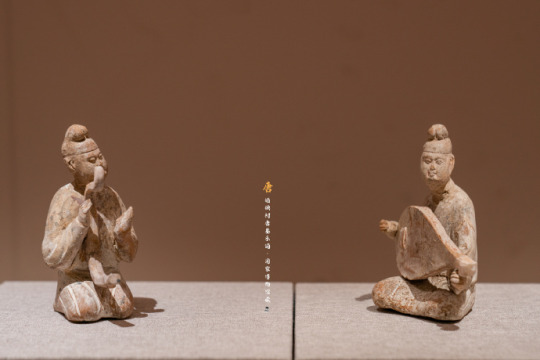
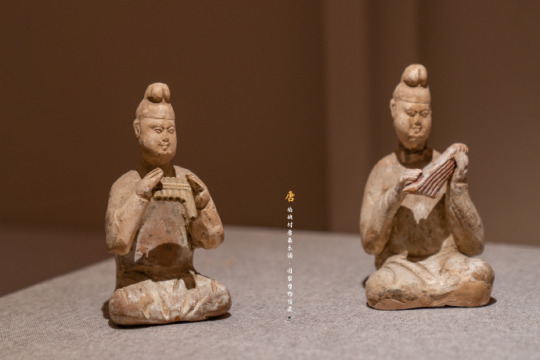
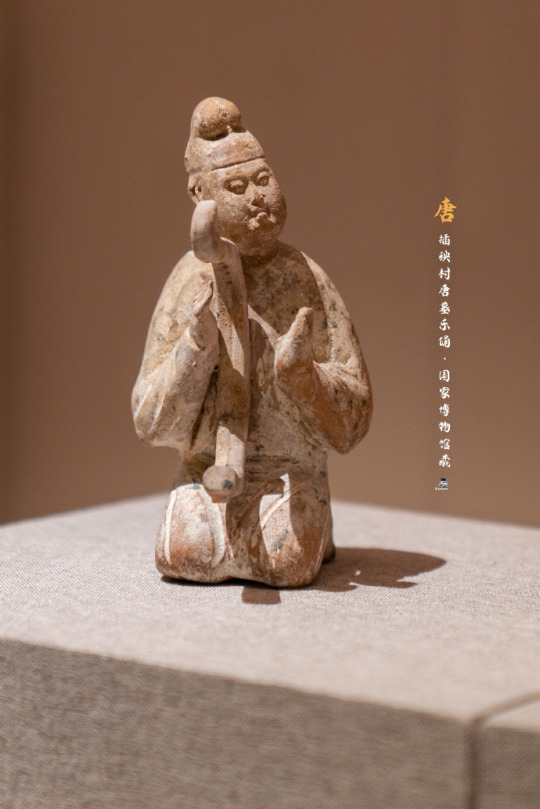



Terracotta musicians unearthed in 1955 from the Tang tomb in Chayang village (插秧村), Xi'an, Shaanxi.
The instruments played include konghou (箜篌), clapper (拍板), flute, panpipe, pipa (琵琶) and sheng (笙).
In the collection of the National Museum of China (中国国家博物馆).
Photo: ©国家博物馆
#ancient china#chinese culture#chinese art#chinese history#chinese miniatures#miniature art#sculpture art#miniature#terracotta#tang dynasty#chinese music#music#flute#fluteplayer#pan flute#traditional Chinese music#clapper#tomb art
72 notes
·
View notes
Text










Hội An, Vietnam. Credit to Hoi An Recorder.
#vietnam#vietnamese#culture#history#sinosphere#travel destinations#hoian#hoi an#hoi an vietnam#chinese diaspora#asian architecture#ancient architecture#traditional architecture#architecture photography#architecture
105 notes
·
View notes